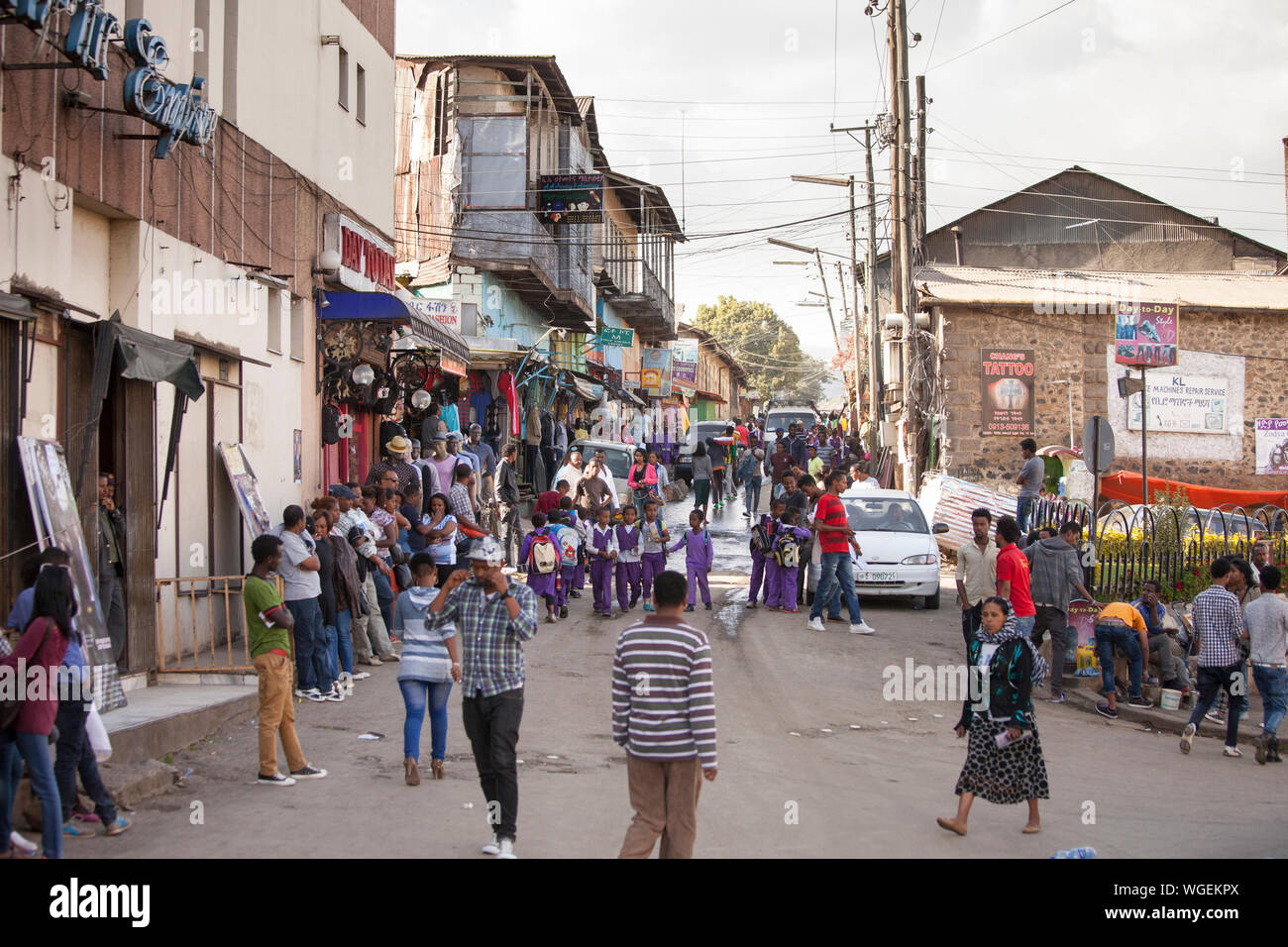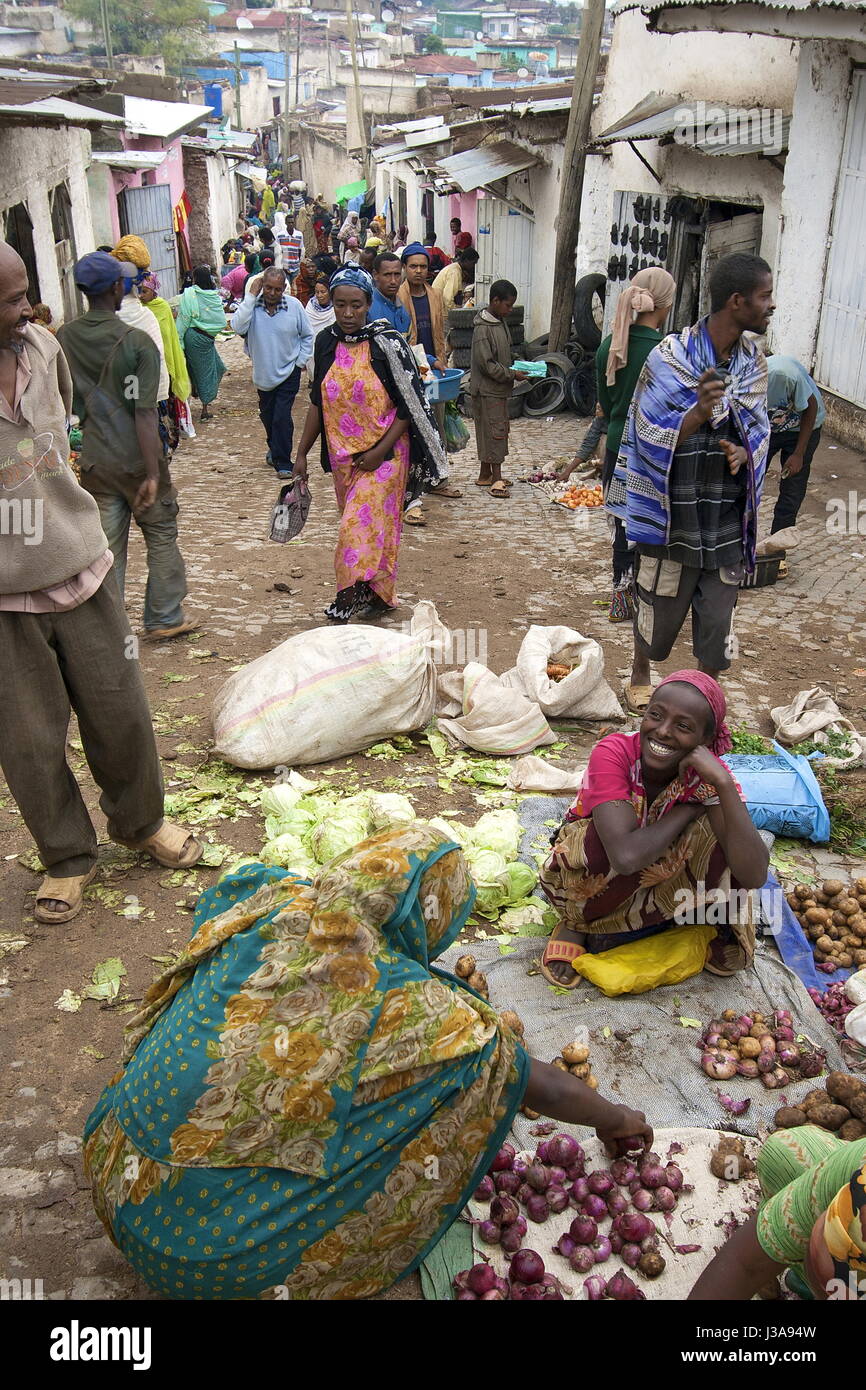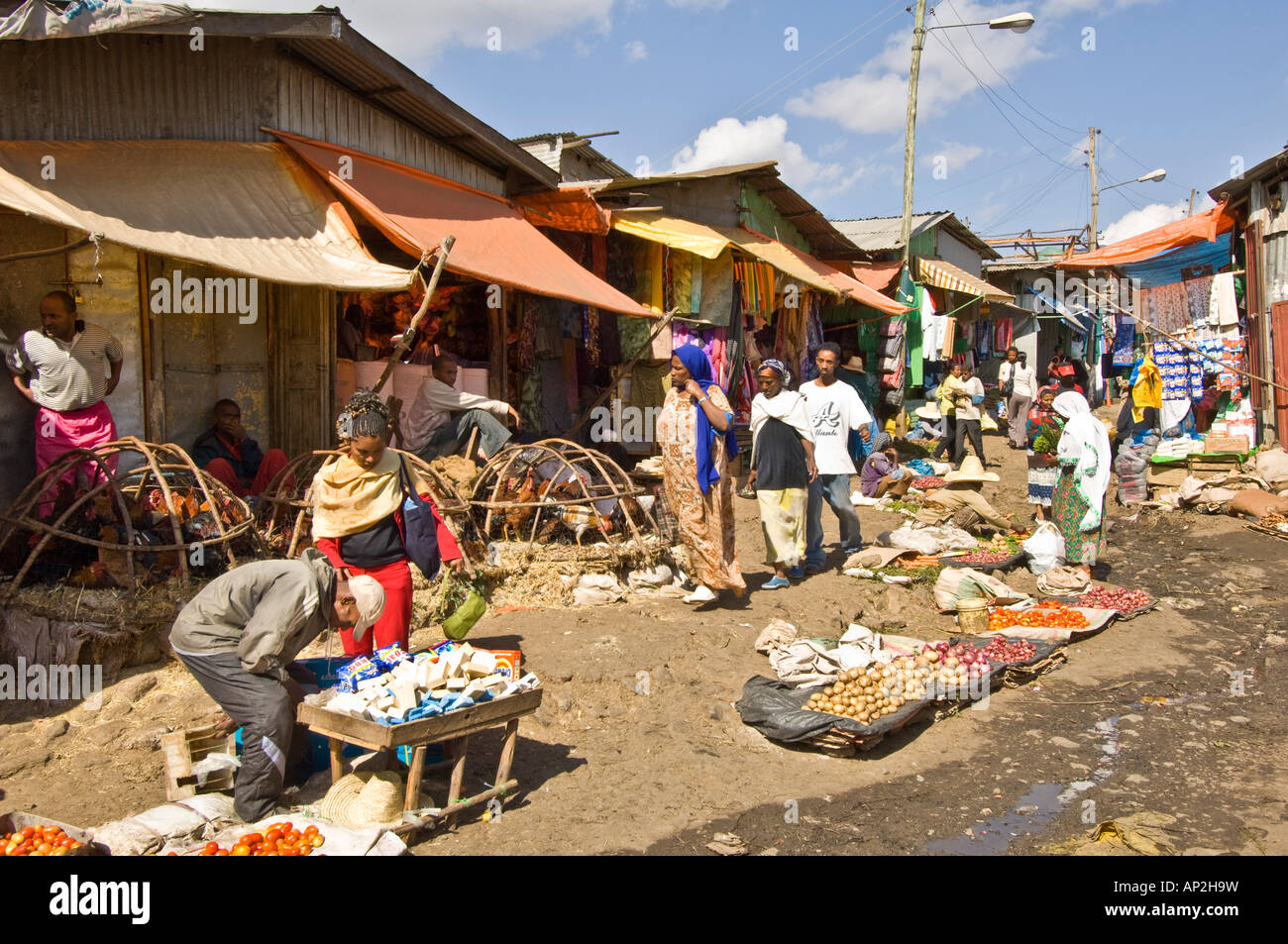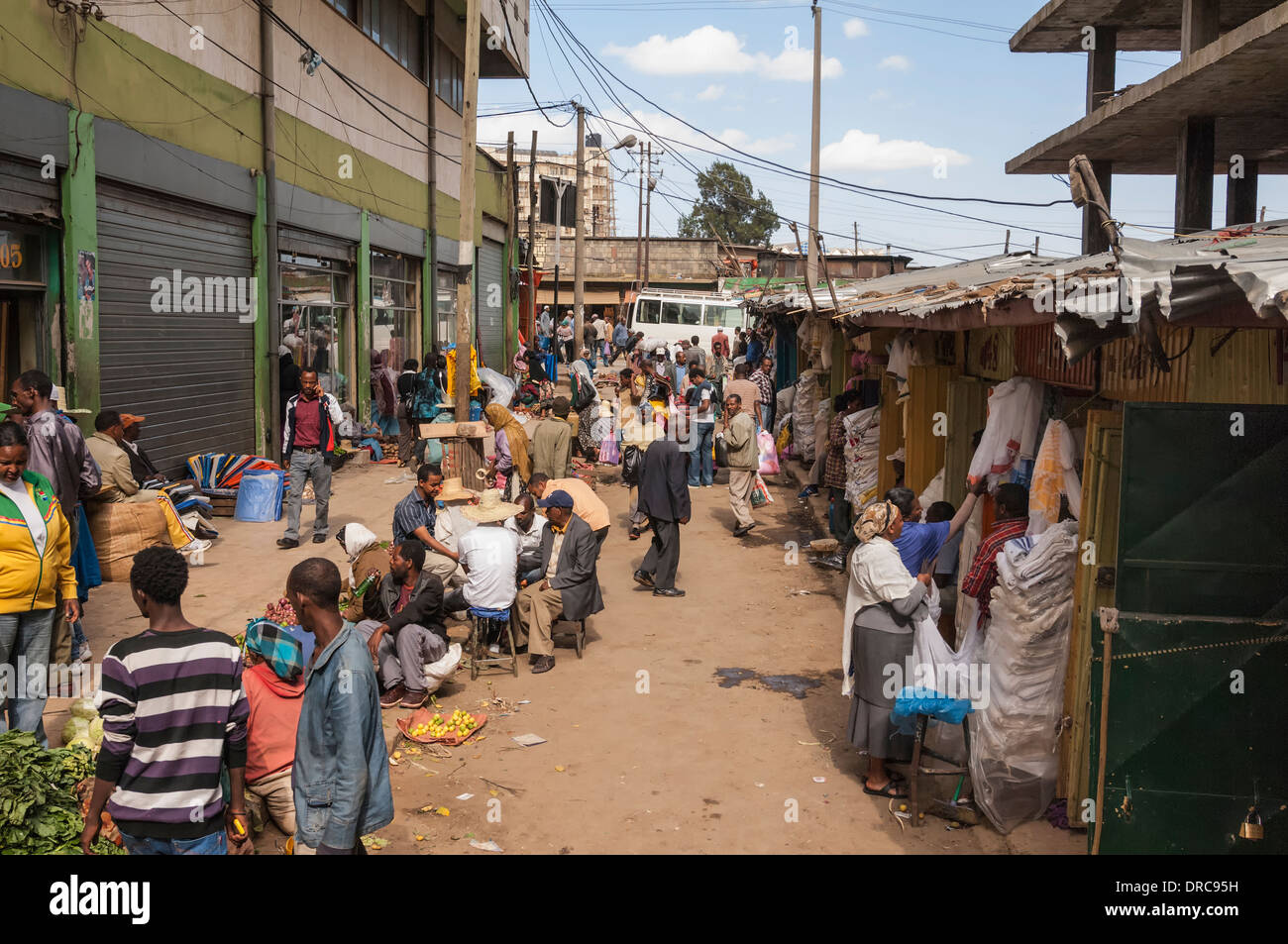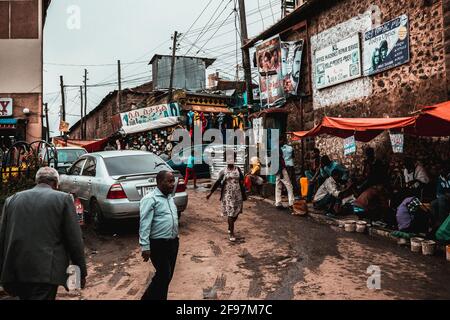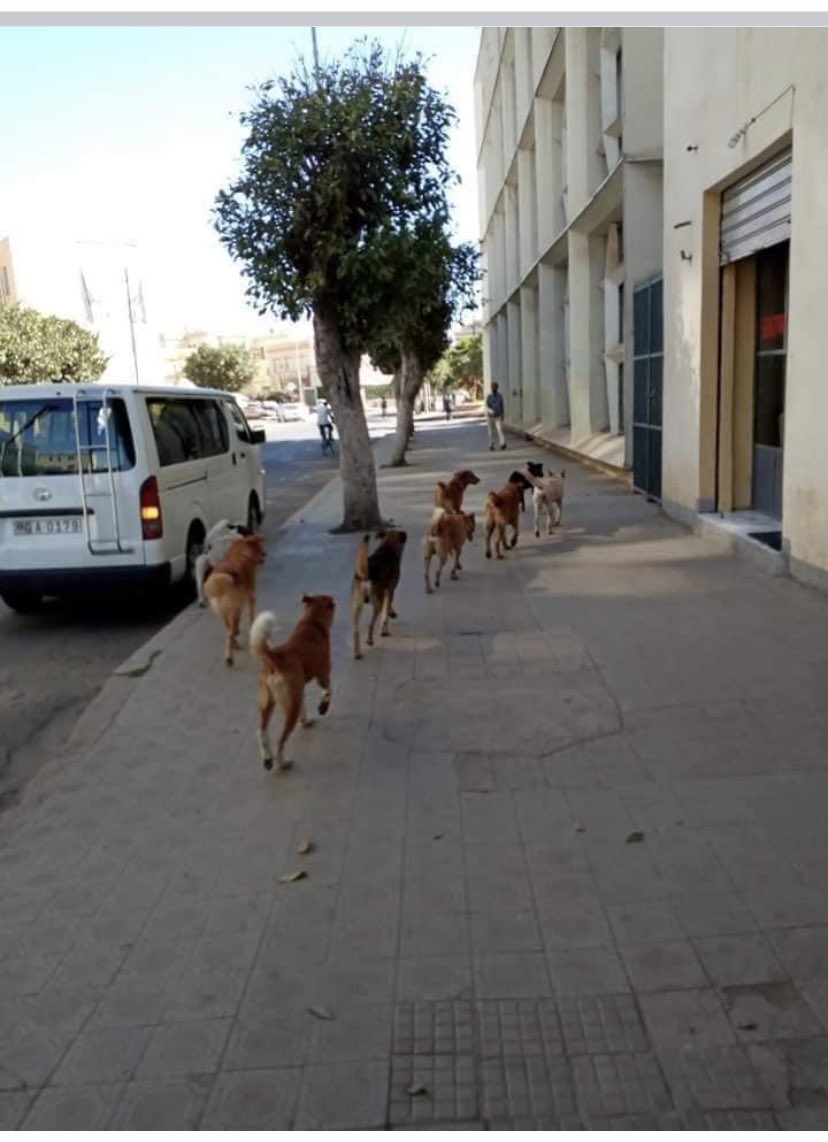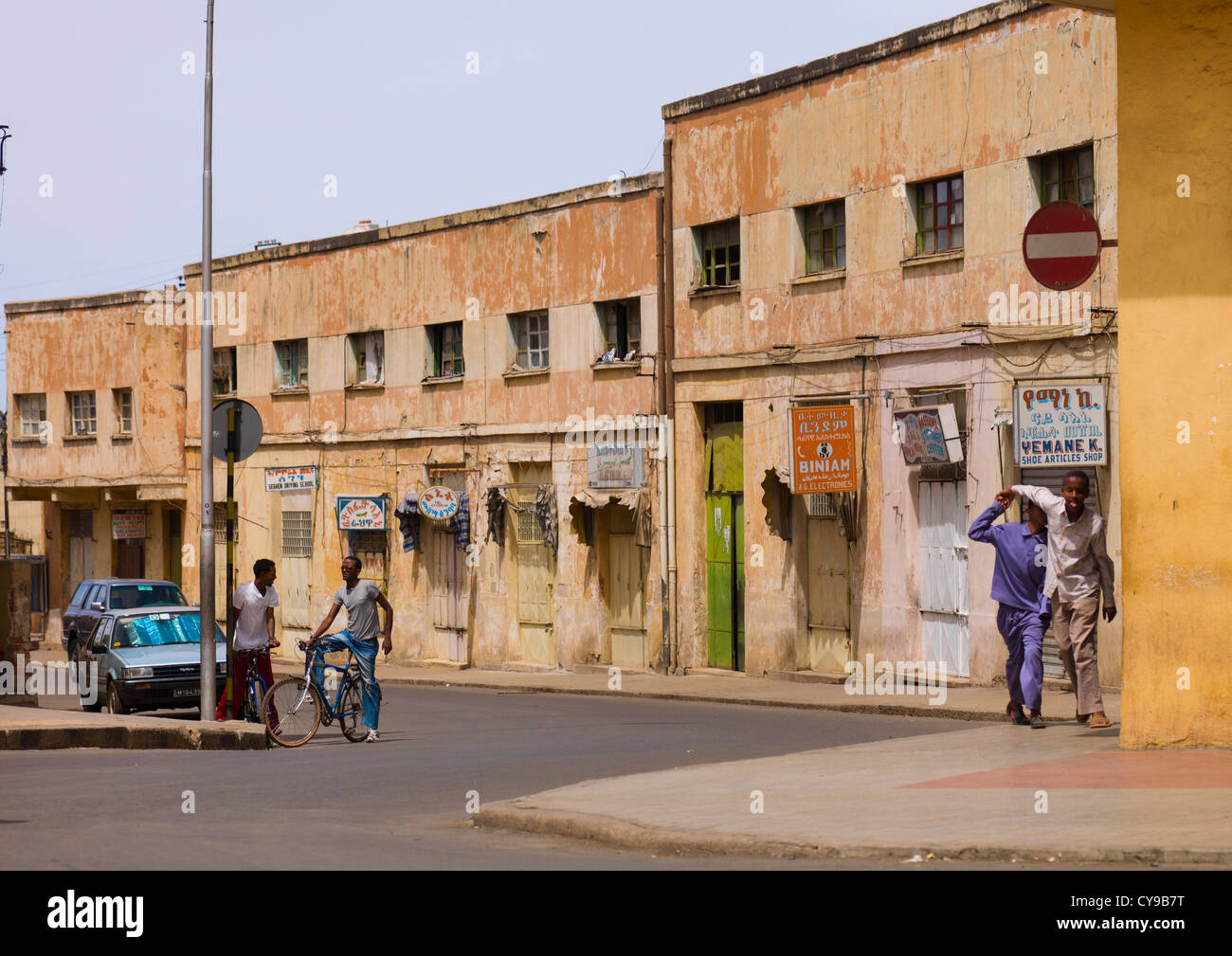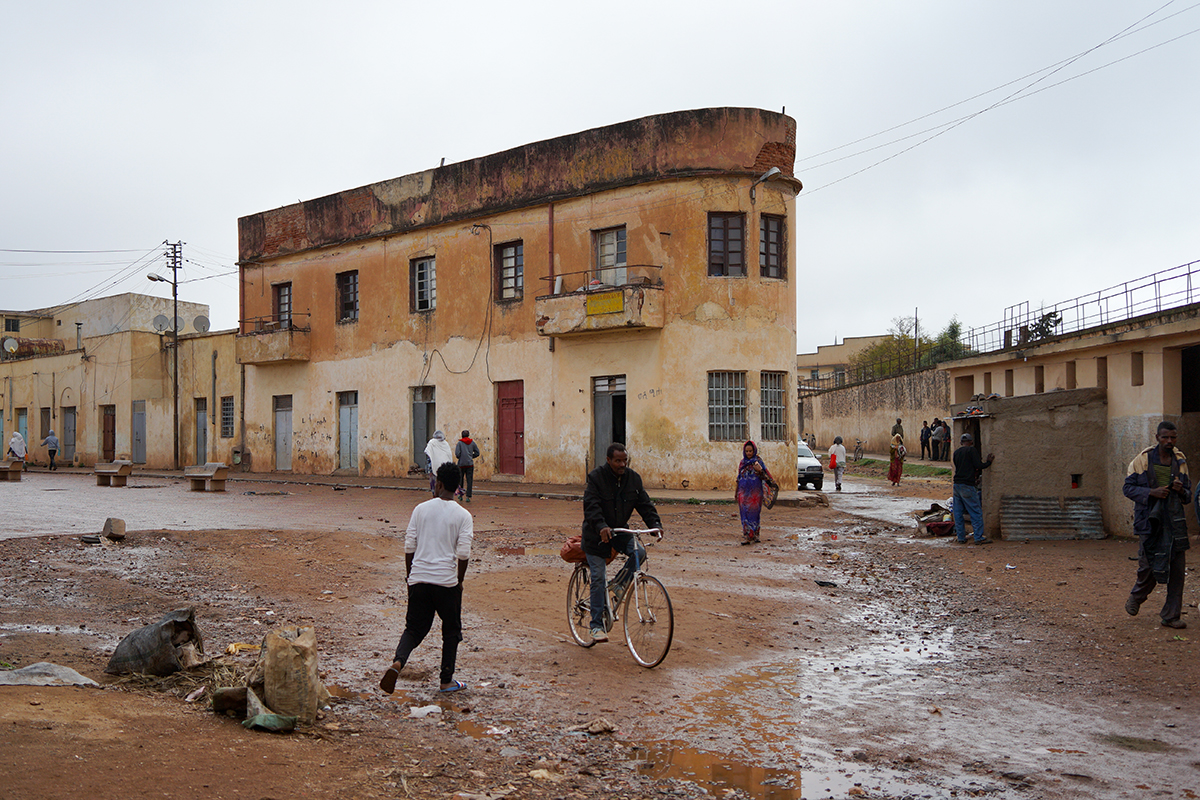Italian contribution to eritrea!
Eritrean contribution to eritrea !
Re: Italian contribution to eritrea!
eritrea 

 adgi hizbi
adgi hizbi
Re: Italian contribution to eritrea!
የነቀዘ የእርዳታ ስንዴ ሞጃሪው,
እሚሉሽን በሰማሽ ገበያም ባልወጣሽቅቅቅቅቅቅ ምድረ ቁንጣናም ድሃ:: "እባባ ልቡን አይቶ እግር ነሳው" እግዜር ልባችሁን አይቶ .. የድህነት የችጋር የረሃብ ማስታወቂያ አደረጋችሁ:: ለዛም እግዜር የተመሰገነ ይሁን::
እሚሉሽን በሰማሽ ገበያም ባልወጣሽቅቅቅቅቅቅ ምድረ ቁንጣናም ድሃ:: "እባባ ልቡን አይቶ እግር ነሳው" እግዜር ልባችሁን አይቶ .. የድህነት የችጋር የረሃብ ማስታወቂያ አደረጋችሁ:: ለዛም እግዜር የተመሰገነ ይሁን::
Re: Italian contribution to eritrea!
WELL COME TO ADDIS ABABA, ETHIOPIA!! The Thailand of Africa!
Re: Italian contribution to eritrea!
Opinion
“Cosmetic Changes Cannot Disguise a Deteriorating Foundation”

Ethiopian PM and his deputy riding bike on the road redeveloped under corridor development project in Addis Ababa (Photo : PD)
By: Habte H.
https://borkena.com/2025/04/14/ethiopia ... s-on-sand/
April 14, 2025
There is a growing chorus among Abiy Ahmed’s supporters that Ethiopia is undergoing a historic transformation. From their perspective, the country is finally “developing” after decades of stagnation. Their evidence? New parks, fancy fountains, and the demolition of aging neighbourhoods in Addis Ababa, often replaced by shiny facades and street beautification schemes. Yet this view is not only superficial – but it also fundamentally misunderstands what development actually means.
Development, by any serious definition, is not about surface improvements or aesthetic enhancements. It is about people. It is about expanding their opportunities, improving their quality of life, and ensuring dignity, equity, and freedom from want. Economists, development theorists, and practitioners across the world have long defined development as a multidimensional process that includes economic, social, and political improvements. But even if we restrict our definition to economic development – the aspect Abiy and his government seem to focus on – the gaps between rhetoric and reality are glaring.
What Economic Development Really Requires
Economic development refers to a sustained increase in the wealth and living standards of a country. It involves rising productivity, industrialization, improved infrastructure, and rising income levels across the population. It is not defined by a few kilometres of repaved roads, or a public garden inaugurated by state media fanfare. Real development is grounded in measurable progress across a number of well-established indicators, all of which require deliberate policies, stable institutions, and inclusive governance.
Among the core prerequisites for economic development are a stable political and legal environment, strong rule of law, and property rights that encourage investment. Human capital – through quality education and accessible health care – is essential. Infrastructure must connect people to markets and services. Financial systems must be functional and inclusive, allowing entrepreneurs to grow. Innovation and technology must be encouraged. Open markets, sound macroeconomic management, and competent institutions are vital. Without these pillars, no country can achieve sustained development.
The Ethiopian Reality: Progress or Propaganda?
While Ethiopia once reported high GDP growth figures, recent economic performance has been more illusion than substance. Currency devaluation exposed the fragility of past growth, and nominal GDP dropped drastically – from $207 billion in June 2016 E.C. to just $100 billion by September 2017 E.C. As a result, GDP per capita declined to around $833, a sobering figure that challenges claims of progress. Beyond GDP, unemployment and underemployment remain high. Youth and women are particularly affected. Even those considered employed earn some of the lowest wages globally. Factory workers in industrial parks earn as little as $18 per month. Doctors and university professors struggle to make ends meet on salaries under $100. This is not economic empowerment – it is a national shame.
Poverty reduction, another supposed achievement, barely touches the reality on the ground. Aside from a handful of politically connected businessmen and officials, most Ethiopians are poor – regardless of education or job title. When a professor cannot feed his family or educate his children, something is deeply broken. Health and education, two pillars of human capital, are in crisis. In recent national exams, only about 3% of students passed. Hospitals and health centers routinely run out of essential drugs, diagnostic supplies, and even basic equipment. Services are crumbling while slogans grow louder.
Urbanization, touted as a mark of modernization, is similarly overstated. Ethiopia remains one of the least urbanized countries in the world. Even its urban centers fail to meet basic standards. Addis Ababa, often showcased as a success story, is in fact a city of informal settlements. According to UN-Habitat, over two-thirds of homes are classified as slums. The visual improvements promoted by the Prosperity Party (PP) – flower beds, sidewalks, fountains – do not change the fact that most residents live in overcrowded, precarious housing.
Trade and investment, rather than flourishing, are stalling. Business owners routinely cite corruption, bureaucratic harassment, and political instability as reasons to scale back or close entirely. Foreign investment is fragile. Domestic investors operate under a cloud of uncertainty. Technology and innovation – hallmarks of true economic transition – are virtually non-existent beyond imported mobile phones and state-controlled internet. Engineering graduates rarely practice their profession; many are unemployed or forced into informal manual labor such as cobblestone work.
Structural transformation – the shift from agriculture to manufacturing and services – is slow. While there is some growth in the services sector, manufacturing remains underdeveloped. Agriculture still employs more than 60% of the population, mostly through subsistence-level activity. Infrastructure, once an area of notable progress, has stalled. Many roads built in the past have fallen into disrepair, and new projects are either paused or mired in inefficiency. What little is completed is often politicized and not responsive to public need.
Governance Breakdown and the Illusion of Modernization
Perhaps the most serious setback of all is in governance and institutional strength. Ethiopia’s development is fundamentally undermined by poor governance, ethnic violence, weak federal coordination, and a shrinking civic space. The politicization of institutions, suppression of dissent, and lack of transparency erode public trust and stifle innovation. No country can develop sustainably under such conditions.
And yet, despite all this, government propagandists and their supporters continue to frame street beautification and urban redesigns as symbols of a new Ethiopia. But no economic theory has ever classified fountains, flower beds, or decorative fencing as signs of development. These are urban enhancements – not substitutes for jobs, schools, hospitals, or housing.
Ask ordinary citizens what matters to them, and you will hear about housing, transportation, and cost of living. PP has not delivered a single meaningful public housing project. The 20/80 and 40/60 housing schemes have been abandoned. Land once allocated for public benefit is now handed over to private developers, who serve the elite. Transportation remains inadequate and uncoordinated. And the cost of living is spiralling. People are now taxed more than they earn – up to 51.5% between salary deductions, VAT, and transaction fees.
A Call for Real Development
These are the real challenges. This is the real Ethiopia. Development cannot be reduced to media spectacles or artificial achievements. The country is not marching toward prosperity; it is limping toward crisis. The metaphorical “broken leg” sadly applies to the broader economy and governance. Cosmetic changes cannot disguise a deteriorating foundation!!!
The time has come for a serious reckoning with what development truly means. It is about people, not appearances. It is about substance, not spectacle. Abiy and his supporters must wake up to this reality. Ethiopia’s path forward lies not in fountains or flags, but in dignity, justice, and opportunity for all. Until that is the focus, the country risks being remembered not for its rise, but for its missed chance to change course.
Re: Italian contribution to eritrea!
3000 year history! 
